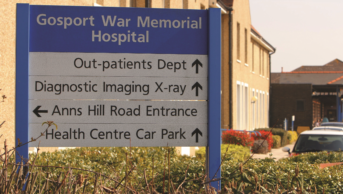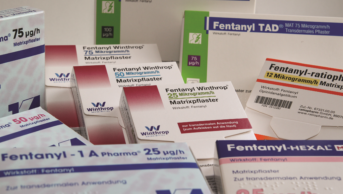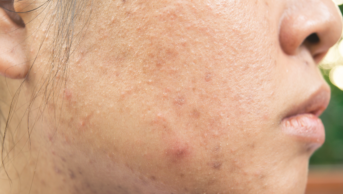
Quka / Shutterstock.com
An app will be developed to make it easy for healthcare professionals and the public to report suspected adverse drug reactions (ADRs) to national and European regulators.
An EU initiative wants to widen the use of smartphones and social media for transmitting notifications about drug safety issues directly to patients, clinicians and caregivers. The three-year project, known as WEB-RADR, involves the Medicines and Healthcare products Regulatory Agency (MHRA). It will investigate the potential of social media data and its value for pharmacovigilance and pharmacoepidemiology.
Funded by the
Innovative Medicines Initiative, a public–private partnership between the European Union and the European Federation of Pharmaceutical Industries and Associations
, WEB-RADR also aims to come up with recommendations for the medicines regulators and the pharmaceutical industry on how these new approaches can be integrated with existing systems.
A workshop to launch the scheme will be held at the European Medicines Agency at the end of October 2014.
“The growing use of smartphones and tablets by patients and healthcare professionals creates a need for reporting forms to be provided on these platforms to ensure regulators receive ADR reports that are easy to access and complete,” says Mick Foy, from the MHRA’s vigilance and risk management of medicines division.
“[T]he recent growth of social media platforms, such as Facebook, Twitter and the many specialist sites and blogs, has given rise to many people sharing their medical experiences publically on the internet. Such data sharing, if properly harnessed, could provide an extremely valuable source of information for post-marketing surveillance for suspected adverse drug reactions and safety monitoring.”


